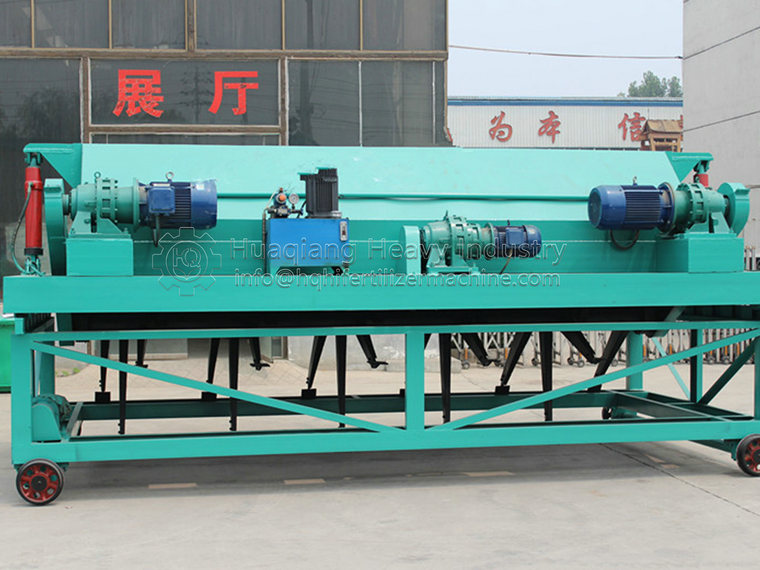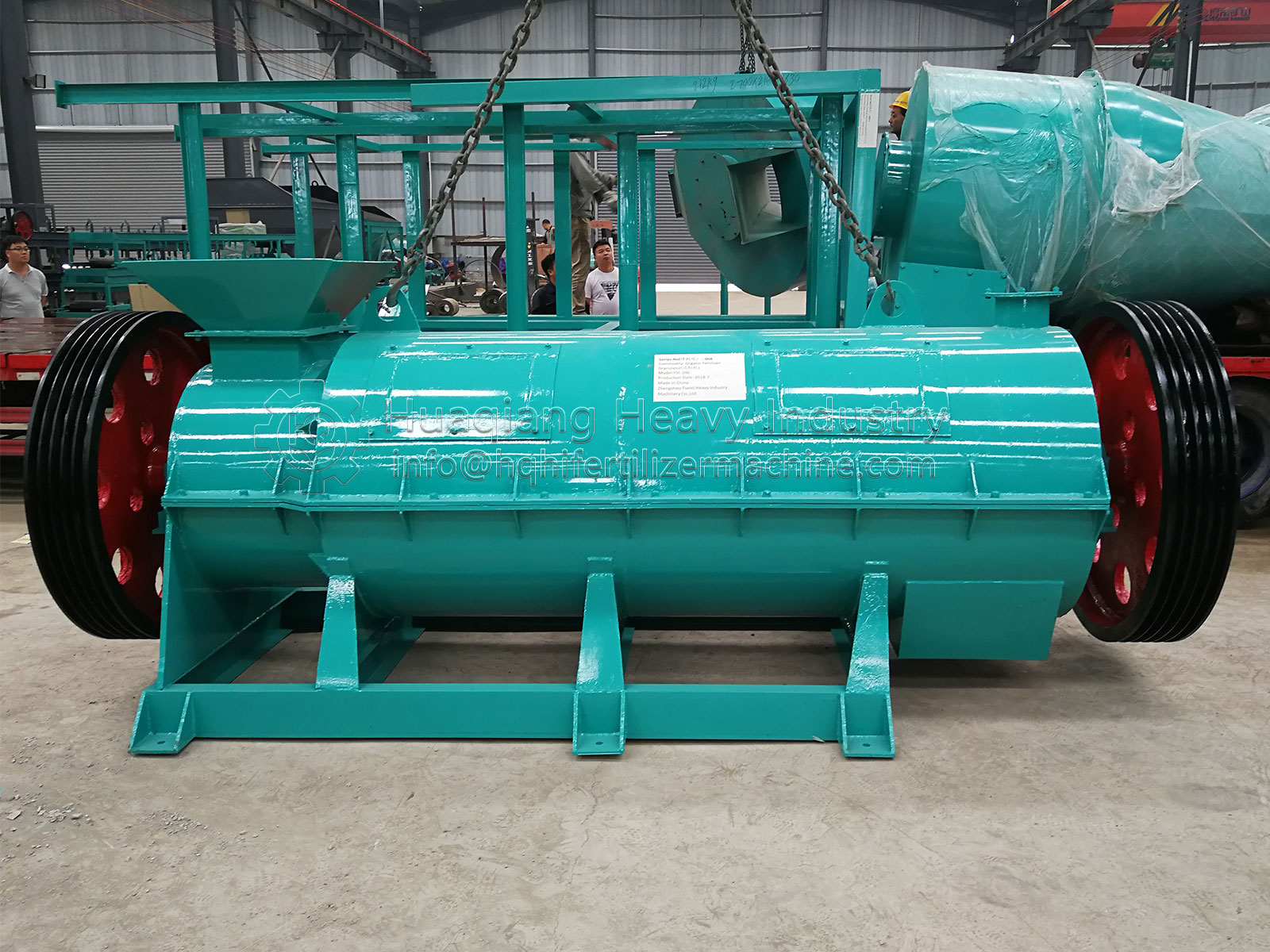Flat die granulator is a mechanical equipment widely used in the granulation process of organic fertilizers, feed, and other organic materials. Its design is based on the principle of pressure to form particles of specific shapes. The following is a detailed analysis of the working principle and granulation characteristics of the flat mold granulator:
working principle
The core components of a flat mold granulator are a set of rotating molds driven by a power device and parallel arranged pressure rollers. During operation, the raw materials are fed into the machine, and as the mold rotates and the pressure roller rolls, the raw materials are compressed and forcibly extruded through the aperture on the mold to form the desired shape. The specific steps are as follows:
Raw material preparation: Firstly, feed the pre treated organic materials (such as chicken manure, grains, grass powder, etc.) into the machine inlet.
Squeezing molding: The raw materials are subjected to tremendous pressure under the action of the mold and pressure roller, and the air between the raw materials is discharged, reducing the gaps between the molecules and resulting in a tight fit.
Cutting: When the material passing through the mold hole reaches a certain length, it is cut into independent particles by the cutting tool set at the outlet position.
Cooling and shaping: The newly extruded hot particles need to be cooled or blown to reduce temperature, in order to stabilize their shape and prevent softening and deformation.
Granulation characteristics
Pressure granulation: The flat die granulator relies on physical pressure rather than chemical reactions for granulation, which enables it to process various types of materials, including high fiber and low viscosity raw materials.
Diversity: By replacing different mold plates, particles with different diameters and lengths can be produced to meet diverse usage needs.
Easy to operate: Compared to other types of granulators, flat die granulators are more convenient to operate, have lower maintenance costs, and are suitable for small to medium-sized production scales.
Compact structure: Due to the lack of large power sources, the flat die granulator has a small volume and occupies little space, making it particularly suitable for production environments with limited space.
Energy saving and efficient: High operating efficiency, relatively low energy consumption, especially when dealing with raw materials with high humidity, it can still maintain good performance.
Widely applicable: not only suitable for the production of organic fertilizers, but also for the production of animal feed, biomass fuel pellets and other fields.
In short, the flat die granulator has become one of the important tools in industries such as organic fertilizers and feed due to its unique pressure granulation mechanism and wide applicability. Especially for small businesses and individual farmers, it is a cost-effective choice.








